Ryokan
Japanese inn
Ryokan (旅館) are traditional Japanese inns, and a visit to one is the highlight of a trip to Japan for many. There are two types: the small traditional-style one with wooden buildings, long verandahs, and gardens, and the more modern high-rise sort that are like luxury hotels with fancy public baths.
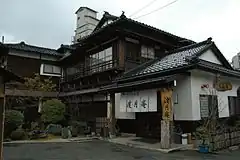
Since some knowledge of Japanese mores and etiquette is required to visit one, many will hesitate to take non-Japanese guests (especially those who do not speak Japanese), but some cater specially to this group; sites like Japanese Guest Houses list such ryokan and will help you book.
Ryokan are difficult to find in Tokyo and other large cities because they are usually much more expensive compared to modern hotels and hostels. Traditional ryokan are more commonly found in scenic rural areas, and many ryokan have been redeveloped to their original style, particularly by resort chains Hoshino Resorts, whose first ryokan opened in Karuizawa in 1914.
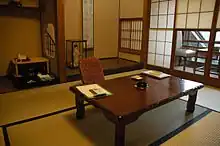
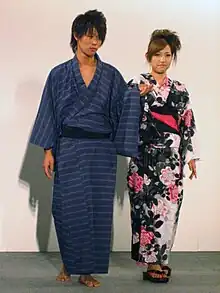
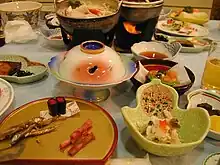
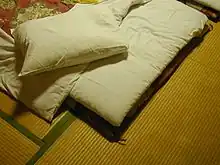
.jpg.webp)